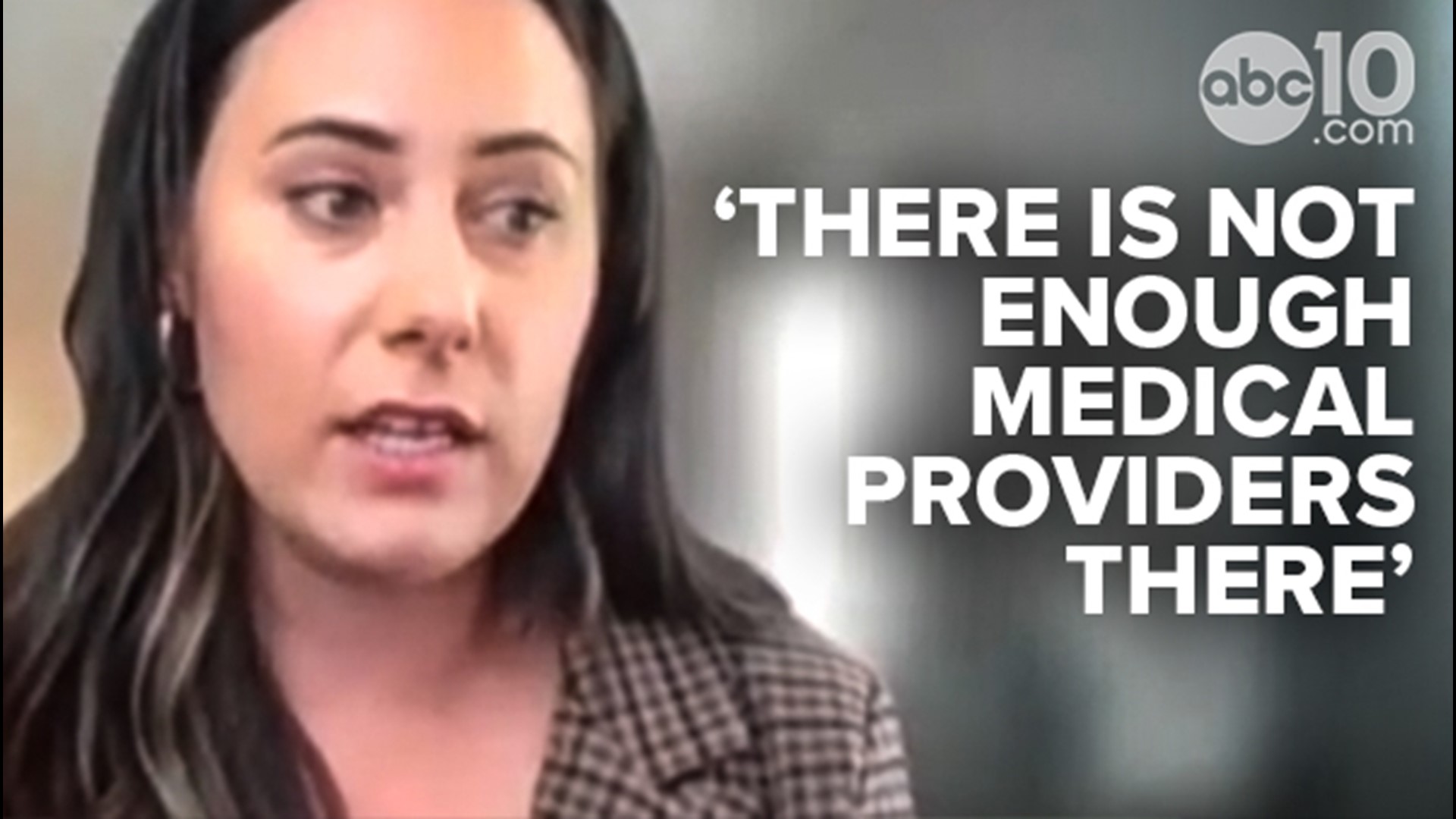SACRAMENTO, Calif. — Following the U.S. Supreme Court's reversal of Roe v. Wade, California reproductive justice advocates have raised concerns for how the ruling will disproportionately impact communities of color.
According to 2019 data from the CDC, the abortion rate for Black women was 23.8 per 1,000 women and 11.7 per 1,000 for Hispanic women. That's in contrast to the abortion rate for White women, which stood at 6.6 per 1,000.
Laura Jiménez, the executive director for California Latinas for Reproductive Justice, says the topic of abortions can be stigmatized in communities of color because of the lack of dialogue and awareness around it. Jiménez says people are often unaware of the rights they have.
"When you're coming from a country where (abortion) is outlawed, you don't necessarily think that it might be legal here and so you're just not even considering that as a possibility," said Jiménez.
Even in California, which is poised to be a sanctuary state for abortions, Jiménez says access can still be a concern. According to 2017 data from the Guttmacher Institute, some 40% of California counties don't have clinics that provide abortions, which could lead to transportation barriers.
"That means many people, 40% of the counties, will need to leave their home and travel, you know, hours to the next place they can get an abortion. We're talking about remote and rural communities," she said.
In Stanislaus County, the only two clinics that provide abortion services are both in Modesto. 2021 U.S. Census data shows Hispanic and Latino people make up 47.6% of the county. Anti-abortion advocates have protested for years to shut them down.
For some immigrant families, language access is a common barrier. Jiménez says those who don't speak one of the threshold languages, referring to a language spoken at a high proportional rate within a geographical region, they may need an additional person to come to medical appointments. Oftentimes, the burden falls on children in families.
"That puts a responsibility on the child, parentifying the child, which is not the best situation, but also for the person who is seeking the services. They don't necessarily want to bring in their child and have them translate on these really very personal issues," she said.
For Jiménez, the fight to increase access to reproductive health care is far from over.
"We are just trying to see the best ways we can be supportive of folks coming in, of the providers here in California, of California residents who are probably going to see longer wait times to access services," Jiménez said.
There are plenty of ways for other Californians to get involved in similar work.
"Reach out to reproductive health rights or justice organizations, support your local abortion funds... and continue to have conversations with your family, within your communities, neighborhoods, schools and churches because this is a really important day and an infamous day," Jiménez said.

